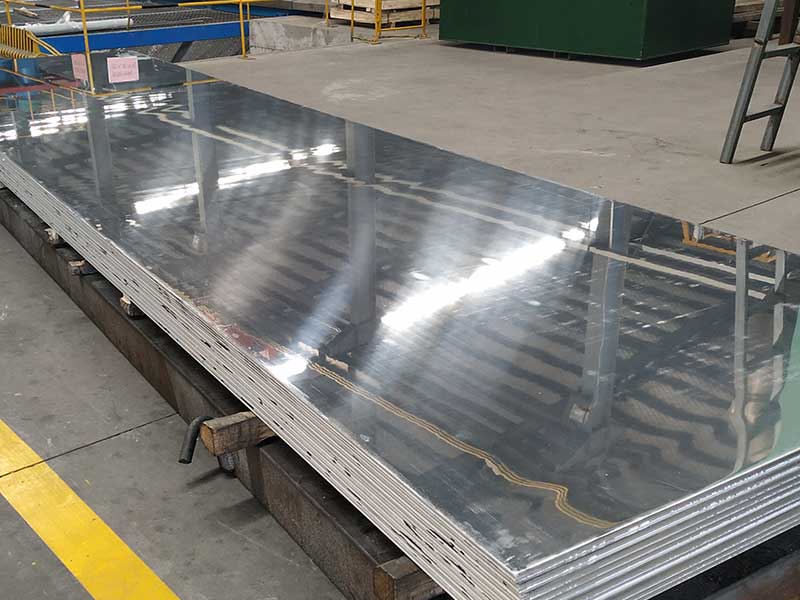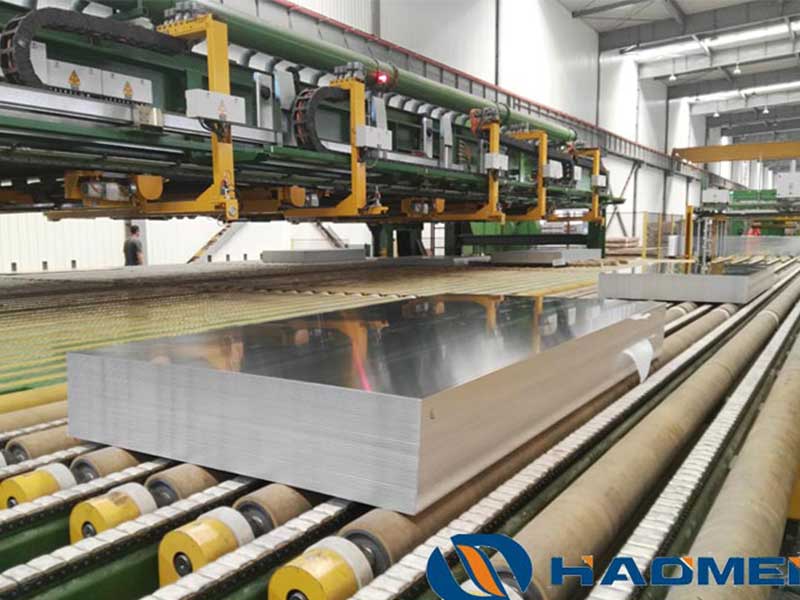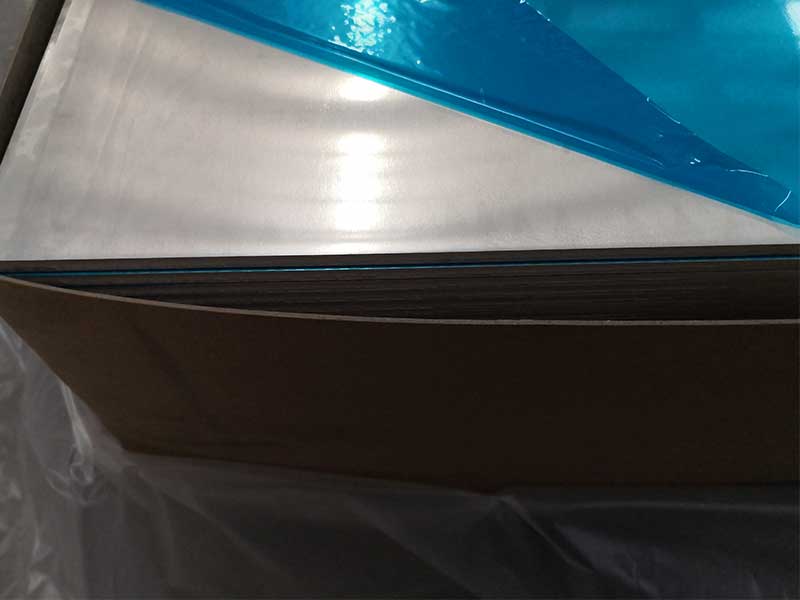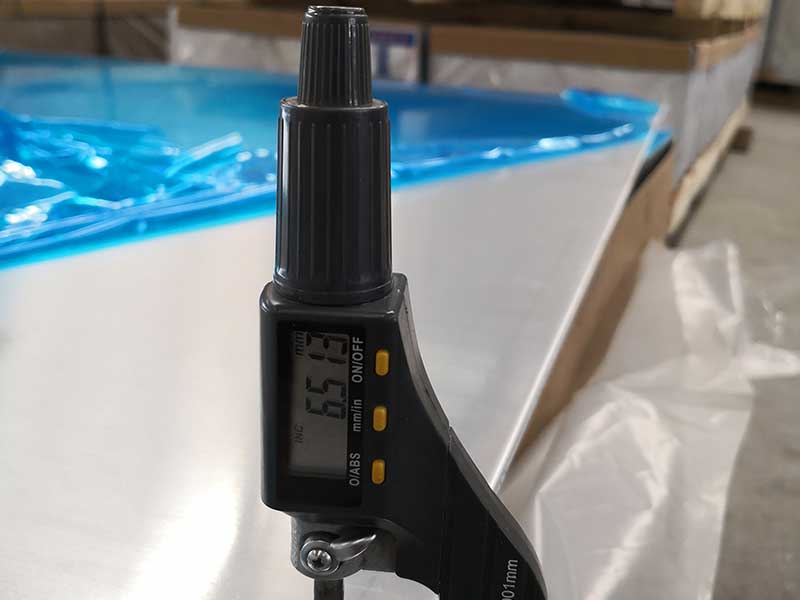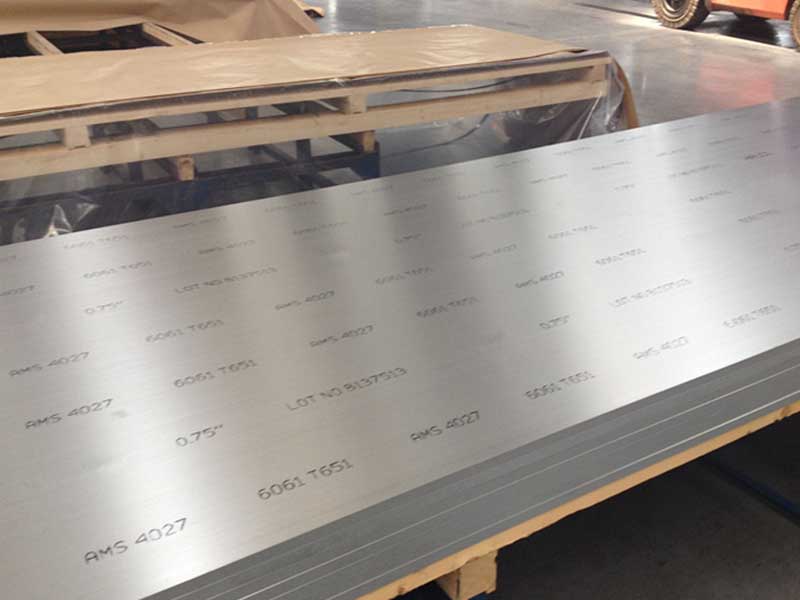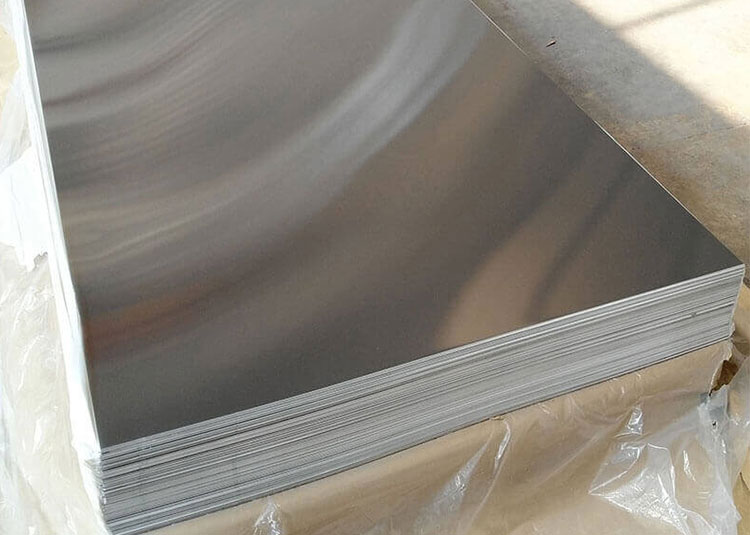6000 series aluminium plates for aerospace
Aluminum has long been the material of choice in the aerospace industry, where weight savings, strength, and durability are paramount. Among the various aluminum alloys available, the 6000 series stands out due to its exceptional features and capabilities, making it an ideal candidate for a multitude of aerospace applications.
the 6000 Series Aluminum Alloys
The 6000 series of aluminum alloys primarily comprises magnesium and silicon as its main alloying elements. This composition endows it with a myriad of properties ideal for aerospace applications. alloys within this series, such as 6061 and 6063, showcase excellent corrosion resistance, weldability, and medium strength, combined with good machinability. Notably, this blend of characteristics allows manufacturers to refine the performance and longevity of aerospace components without adding unnecessary weight.
Unique Features of 6000 Series Aluminum Plates
1. Lightweight Strength
One of the most compelling advantages of 6000 series aluminum plates is their lightweight yet robust stature. Compared to steel, aluminum significantly cuts down on ground handling weight, enhancing the aircraft’s fuel efficiency. Specifically, the 6061 alloy can withstand high-stress applications, making it a favored choice in critical structural components such as airframes and fuel tanks.
2. Corrosion Resistance
Aerospace environments often present harsh conditions—altitude, temperature variations and exposure to nitrogen oxides can put materials to the test. The 6000 series alloys boast an excellent corrosion resistance profile due to their natural oxide layer, ensuring longevity and minimal maintenance. This property is vital for components like aircraft skin and subframes where long-term durability is crucial.
3. Weldability & Fabricability
When it comes to advanced manufacturing techniques in aerospace, 5000 and 6000 series alloys lead the way, thanks to their superior weldability. The ease of welding and fabrication allows aerospace engineers to create complex shapes, contributing to innovative design solutions. This has led to their frequent incorporation into critical components like structural frames and transportation structures.
Applications in Aerospace
1. Aircraft Structures
6000 series aluminum plates are widely utilized in the construction of various aircraft components. From wing rib structures to fuselage constructions, their lightweight nature offers aircraft designers unparalleled possibilities, improving overall aircraft design without compromising safety.
2. Symmetrical and Asymmetrical Components
Architectural versatility provides spacecraft designers the ability to shape parts both symmetrically and asymmetrically. Applications like control surfaces—flaps, ailerons, and other aerodynamically critical elements—often leverage this capability to improve flight performance characteristics.
3. Support Systems and Equipment
6000 series aluminum is also essential for several pieces of secondary equipment aboard an aircraft, serving as support systems that include lifts, stairs, and various passenger-enhancing solutions. The material’s balance of strength, weight, and desired aesthetic qualities supports not only functionality but also passenger experience.
The Way Forward: Technological Advancements
As technology in the aerospace sector continues to evolve, researchers are even higher-grade processed forms of 6000 series aluminum plates, tailored for specific uses within the industry. The trend may involve integrating advancements in manufacturing processes, surface treatments, and alloying techniques to enhance material performance. Ongoing innovations could lead to materials that push the boundaries of what current standards permit, creating more efficient and eco-friendly flight solutions.
https://www.al-alloy.com/a/6000-series-aluminium-plates-for-aerospace.html


